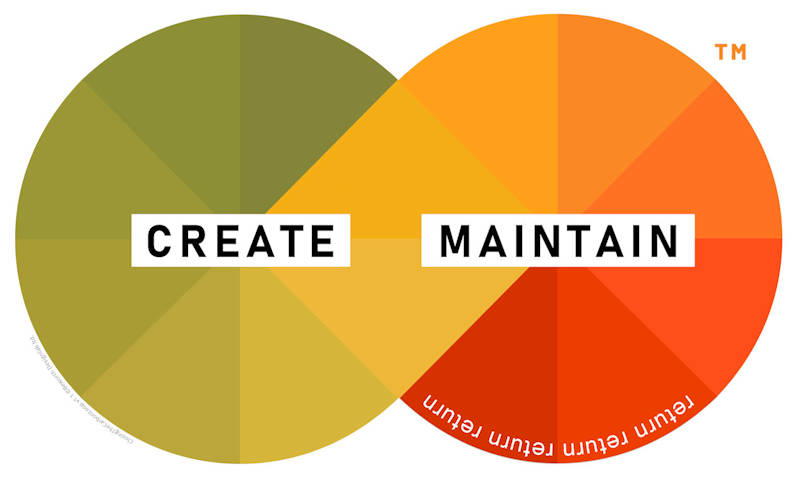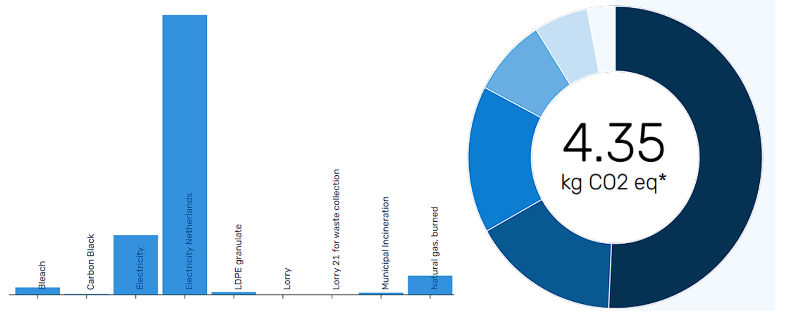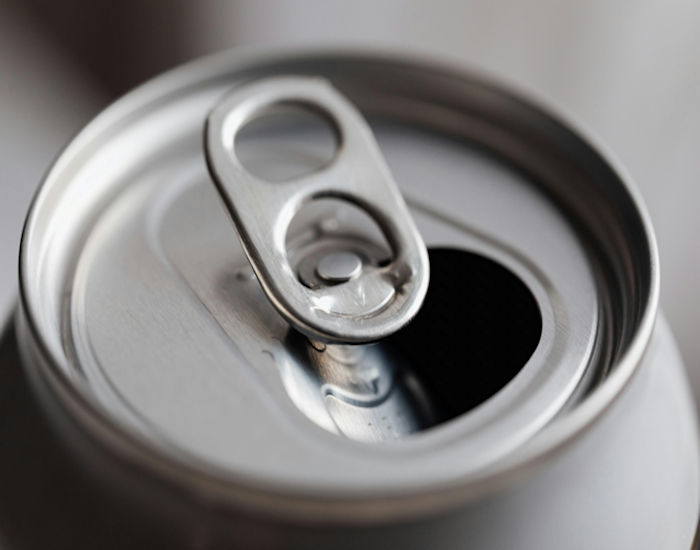But how to do that?
Your company is quite likely still built considering a linear value chain, meaning that you produce the products, ship and sell them but the products don't get back after end-of-life and your products end up in landfill or worse, get incinerated. Ninety to ninety-five percent of all products worldwide are not designed for circularity unfortunately. Optimizing the use of (good) materials will help but only to some extent. That is why we focus on transforming your organization to boost circularity and enable a circular value chain in where as much as possible gets reused, recovered and recycled. This, in turn, will help you reach your (ESG) environmental goals.
Your company is quite likely still built considering a linear value chain, meaning that you produce the products, ship and sell them but the products don't get back after end-of-life and your products end up in landfill or worse, get incinerated. Ninety to ninety-five percent of all products worldwide are not designed for circularity unfortunately. Optimizing the use of (good) materials will help but only to some extent. That is why we focus on transforming your organization to boost circularity and enable a circular value chain in where as much as possible gets reused, recovered and recycled. This, in turn, will help you reach your (ESG) environmental goals.
The process (see below) comes with its own tools and guidelines, which will help you improve your company's circularity, reduce waste, toxicity and emissions throughout your entire value chain. The biggest impact is in this early stage.
Transitioning from a linear to a circular value chain might implicate however that you might want to consider as well different product-service models in where there is less owned and/or finding business partners that can help you return your goods. We got you covered as we have incorporated new product-service models as well in our design tools, together with other elements as reflected in scope 1 and 2 of ESG reporting.
How do you help?
We help you rethink your value chain which will help you improve your company and your product's ESG-score, circularity and carbon footprint. This can be done via workshops, brainstorms or discussions. Next to that we help your design and R&D teams with design guidelines and tools for circularity, help to phase out bad materials and help your company with design for sustainability in general.
While recycling is undoubtedly a necessary component, we need to ensure that products and materials are designed, from the outset, to be reused, repaired, and remanufactured. It’s the consequences of decisions made at the design stage that determine around 80% of environmental impacts.
Ellen Macarthur
Foundation
Tell me more
Our sustainability design process and instructions helps managers, designers and R&D teams transform from a linear design process to a circular design process considering the entire value chain. The process is based on our in-house developed 'CREATE, MAINTAIN and RETURN'-dogma represented in our diagram, which includes 14 phases in total. Focus is on transitioning your company from a linear to a circular value chain, thereby reducing wasteful materials and increasing circularity. Currently available calculators and tools can be used alongside.
We can offer workshops, help you build guidelines and tools for sustainability and assist in redesign products with circularity and sustainability in mind. Contact us for more information.

Lifecycle Assessments
Understanding the carbon footprint and toxicity of your products forms a vital part of understanding where the pain-points are: is it the product itself or is it somewhere else in the product's lifecycle? We help you analyse your products lifecycle and help you visualize it in easy, understandable graphs for reporting. Inquire to learn more.

images copyright EcoChain
Sustainable Solutions
Ofcourse we help to develop alternative solutions for the products you sell as well, whether it is applying different materials, recycled materials, reduce waste in the value chain, improve packaging or optimize shipping and manufacturing.

credit: Pexels, Karolina Kaboompics

credit: Pexels, thesocialsundae

credit: Pexels, ifreestock

credit: Pexels, Polina Tankilevitch
Research Assistance

